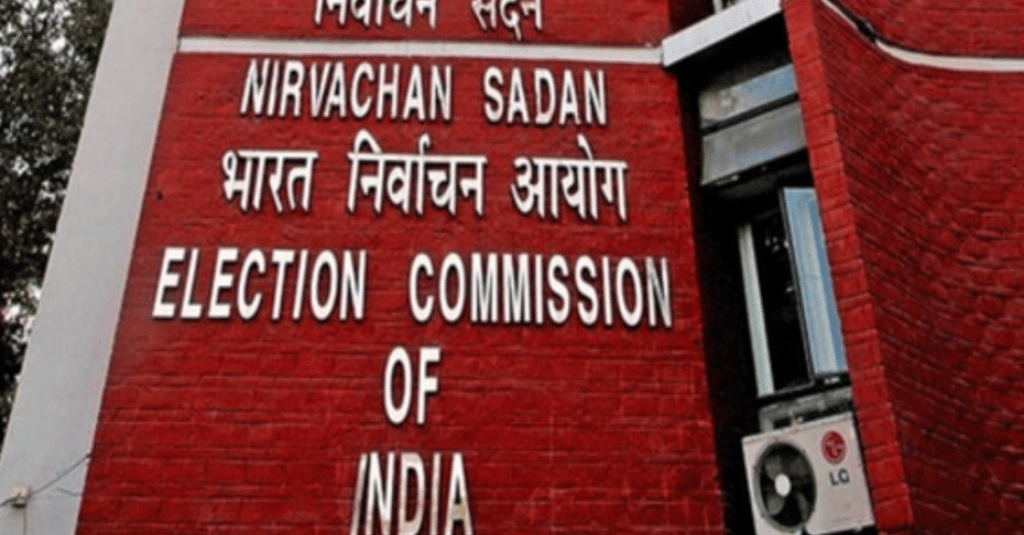Why sharing poll day CCTV footage can hurt voter privacy: ECI explains
The ECI also explained that giving out video footage is similar to giving out Form 17A, which records who came to vote, their serial numbers, and their signatures.
LOCAL


In recent days, some people and groups have demanded that the CCTV or video footage from polling stations on election day be made public. On the surface, the demand seems honest and appears to support transparency in the voting process. But the Election Commission of India (ECI) has strongly opposed this idea. The Commission says that making such footage public would actually harm voter privacy and may even go against the law.
According to officials from the Election Commission, this demand, which is being promoted as being in the interest of democracy, may end up doing just the opposite. The ECI says that if such videos are shared, people could easily figure out who voted and who didn’t. This may expose voters to pressure, harassment, or even threats from political parties or other groups. For example, if a political party gets fewer votes in one booth, they might watch the footage and identify people who did not vote for them — and then target them.
The ECI has clarified that these videos are meant for internal monitoring only. They help the Commission keep track of events at the polling stations to ensure fair elections. But this does not mean they can be shown to everyone. The Commission only keeps the videos for 45 days — the same period in which an election petition can be filed in court. If such a petition is filed, then the video is not destroyed and can be given to the High Court, but only when the court asks for it.
Protecting the privacy of voters is a key responsibility of the Election Commission. The Commission has said it will not allow any group or party to force them to change this rule. In India, every voter has the right to keep their vote secret. This right is protected by law and has also been upheld by the Supreme Court of India.
One important issue, according to the ECI, is that if the video is made public, people who chose not to vote could also be identified. This may lead to profiling of voters and possibly cause them trouble later. Such acts can lead to denial of services, intimidation, or pressure to vote in a particular way in the future.
The Supreme Court had earlier said in the People’s Union for Civil Liberties vs. Union of India case (2013) that the right not to vote is just as important as the right to vote. The court also said that keeping the decision of not voting secret is important in a democracy. Voters should not be forced to explain their decision or face any kind of punishment or shame for it.
The ECI also explained that giving out video footage is similar to giving out Form 17A, which records who came to vote, their serial numbers, and their signatures. This form is a secret document and can only be given to someone if a court orders it. Since the video shows the same information visually, it should be treated the same way — as confidential.
Also, under Section 128 of the Representation of the People Act, 1951, breaking the secrecy of voting is a crime. Anyone who does this can face jail time, a fine, or both. So, the ECI is not only morally bound but also legally responsible to keep the voters’ privacy safe.
The Commission said that webcasting is used to keep an eye on the polling process, not to keep track of who voted or didn’t. It said that it will never share such footage with any political party, NGO, or private person without proper legal orders. However, if a court asks for it during an election case, the footage will be provided, because the court also protects people’s privacy.
